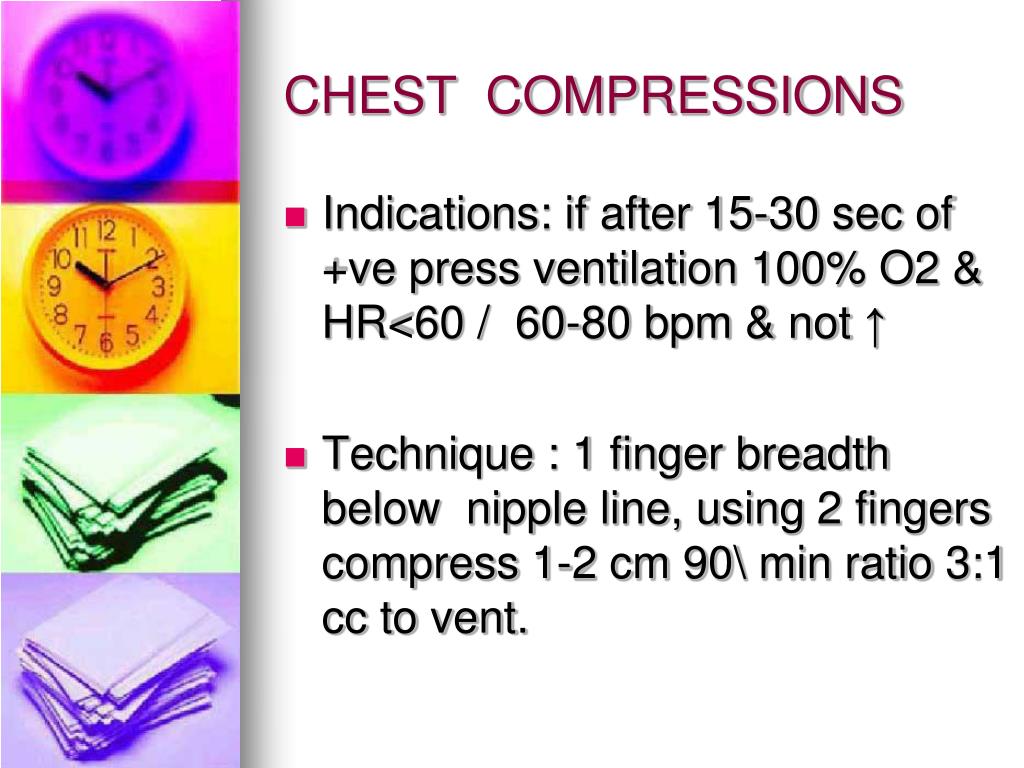

Importance Previous studies of basic cardiopulmonary resuscitation (CPR) indicate that both chest compression rate (CCR) and chest compression depth (CCD) each are associated with survival probability after out-of-hospital cardiac arrest. Meaning The findings suggest that the combination of 107 compressions per minute and a depth of 4.7 cm may be the optimal target for chest compression rate and depth, and that use of an adjunct may be associated with significantly enhanced outcomes if this target is used. Adjunct use was associated with significant improvements in outcome, but this was dependent on delivering the identified optimal chest compression rate and depth combination. Question During cardiopulmonary resuscitation, is there an optimal combination of chest compression rate and depth associated with an enhanced likelihood of favorable functional outcome, and does that optimal combination change with respect to age, sex, presenting cardiac rhythm, or use of a cardiopulmonary resuscitation adjunct?įindings In this cohort study of data from 3643 individuals in the National Institutes of Health clinical trials network database, the optimal combination of chest compression rate was 107 compressions per minute and chest compression depth of 4.7 cm this finding remained relatively consistent regardless of age, sex, presenting cardiac rhythm, or cardiopulmonary resuscitation adjunct use. Shared Decision Making and Communication.Scientific Discovery and the Future of Medicine.Health Care Economics, Insurance, Payment.Clinical Implications of Basic Neuroscience.Challenges in Clinical Electrocardiography.


 0 kommentar(er)
0 kommentar(er)
